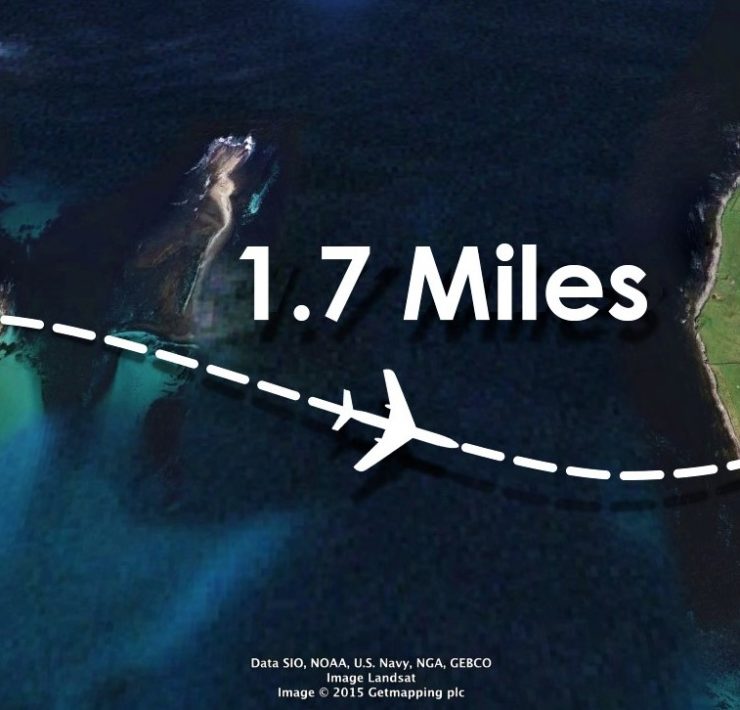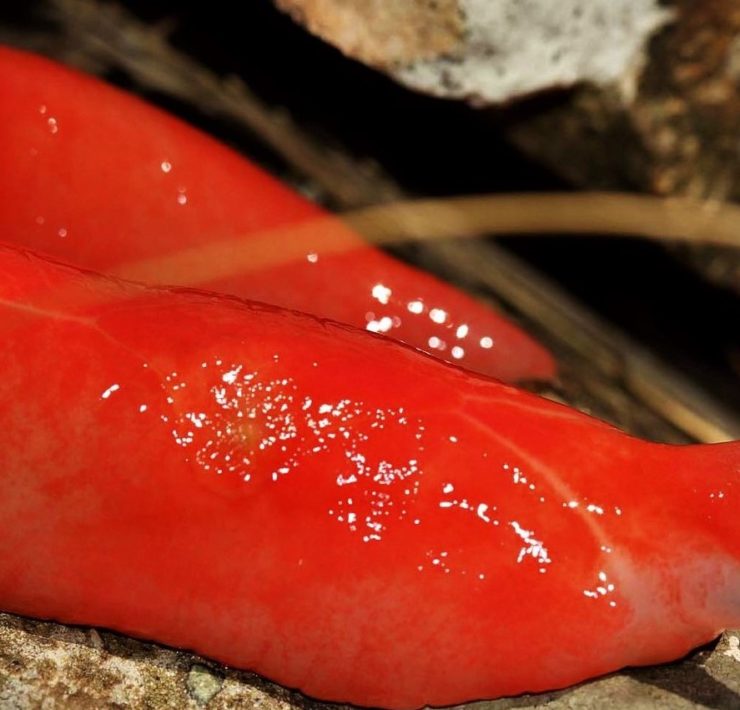Colorful coral reefs and exotic marine animals await you in Earth’s pristine waters. However, under these bodies of water, creatures with odd features that can make you go “O-M-G” are float around. Deep sea creatures are monsters in our eyes yet angels for the all marine life, cleaning the ocean floor and maintaining a balanced ecology. Here are 10 of the most amazing deep sea creatures that have been hiding hundreds of meters under the sea.
1. Glowing Sucker Octopus
Scientific Name: Stauroteuthis syrtensis
Where to See: Deep Atlantic near U.S. Coast
The glowing sucker octopus is a glowing creature swimming through the waters with its eight arms connected by webbing. These arms have bioluminescent suckers that are used to attract prey.
2. Deep Sea Blob Sculpin
Scientific Name: Psychrolutes phrictus
Where to See: Pacific Coast of the U.S. from Bering Sea to Southern California
These sarcastically cute deepwater fish almost looked like a melted human’s face but who cares about what it resembles? The blob sculpin can grow to about 70 centimeters and has spikes for its protection. Please take a minute to appreciate its face again before moving on.
3. Sea Pigs
Scientific Name: Scotoplanes Globosa
Where to See: In All the World’s Oceans
Sea pigs are deep sea-dwelling species of sea cucumber. These deposit or detrital feeders are recognized as creatures with squatty little legs and a giant mouth.
4. Goblin Shark
Scientific Name: Mitsukurina owstoni
Where to See: Mostly at Hoshu, Japan
The goblin shark is a bizarre-looking creature known for its odd blade-like over-hanging snout, small eyes, and jagged teeth. The extended snout which makes it more scary than its fellow cousins acts as a food detector on the ocean floor.
5. Proboscis Worm
Scientific Name: Parborlasia corrugatus
Where to See: Antarctic Peninsula, Southern Argentina, Chile, Peru
The smooth and flat proboscis worm lives in marine environments down to 3,590 meters and can grow up to 2 meters in length. The worm has a wedge-shaped head containing a fluid-filled cavity that it uses as protection and prey catcher.
6. Zombie Worms
Scientific Name: Osedax roseus
Where to See: North East Pacific
You know what happens when a whale dies? Its carcass falls down on the seabed, ready to be eaten by deep-sea invertebrates. The bones aren’t even missed in the meal and that’s where the zombie worms appear. These four-centimeter-long worms don’t have a mouth nor an anus. Instead, they survive by secreting an acid that breaks the whalebone.
7. Stonefish
Scientific Name: Synanceia verrucosa
Where to See: Tropical Indian and Pacific oceans from the Red Sea to the Great Barrier Reef, Australia
Once you’ve recognized that you’re not going near a rock but a stonefish, better stay away immediately. The stonefish is the most venomous fish in the world. It can inject a a venom that can kill a person in less than an hour. The Stonefish’s almost-perfect camouflage on the seabed makes it hard for prey, predators, and even humans to see it.
8. Sloane’s Viperfish
Scientific Name: Chauliodus sloani
Where to See: Worldwide
One of the fiercest predators of the deep, Sloane’s viperfish is recognized by its long sharp teeth, dark silvery blue body and its “antennae” which is a long dorsal spine with a light-producing organ called photophore at the tip. The photophore serves as a flashlight that attracts smaller fish. Sloane’s viperfish can grow up to 12 inches.
9. Giant Isopods
Scientific Name: Bathynomus giganteus
Where to See: Cold deep waters of the Atlantic, Pacific, and Indian Oceans
Giant Isopods are often considered as the largest isopod in the world although some other species may reach the same size. These creatures reach an average length of between 19 and 36 centimeters with a maximum weight and length of approximately 1.7 kilograms and 76 centimeters respectively. They usually feed on dead whales, fish, sea cucumbers, sponges, and nematodes.
10. Frilled Shark
Scientific Name: Chlamydoselachus anguineus
Where to See: Atlantic and Pacific Oceans
One of the most primitive species of the living shark, the Frilled Shark will be thrilled to meet you with a smile. It’s recognized by its eel-like body, lizard-like head, blunt-ended snout, and multiple rows of 300 sharp, three-pronged teeth. They prey upon cephalopods, bony fishes, and smaller sharks.
When On Earth Magazine is for people who love travel. We provide informative travel guides, tips, ideas and advice regarding places to see, things to do, what to taste, and much more for world travelers seeking their next dream vacation destination.






